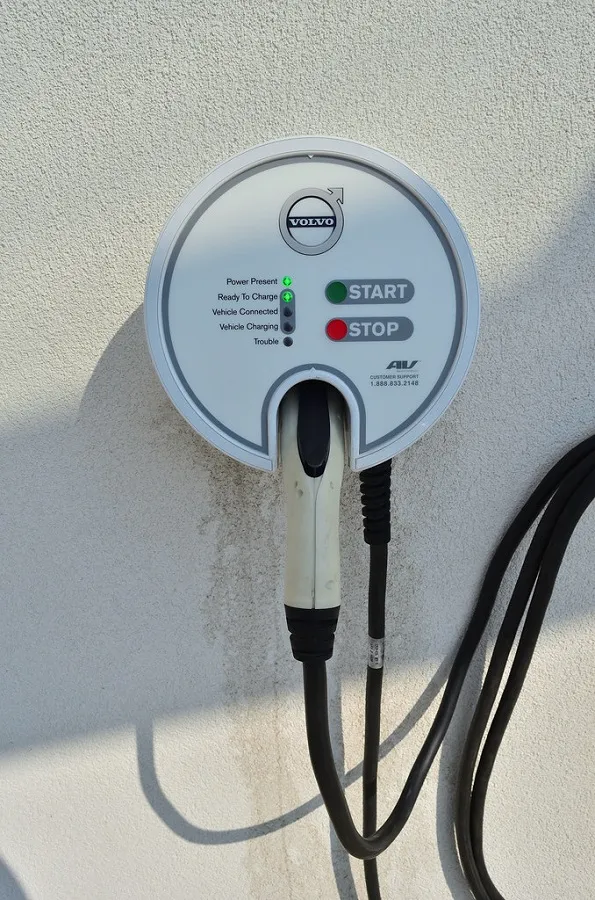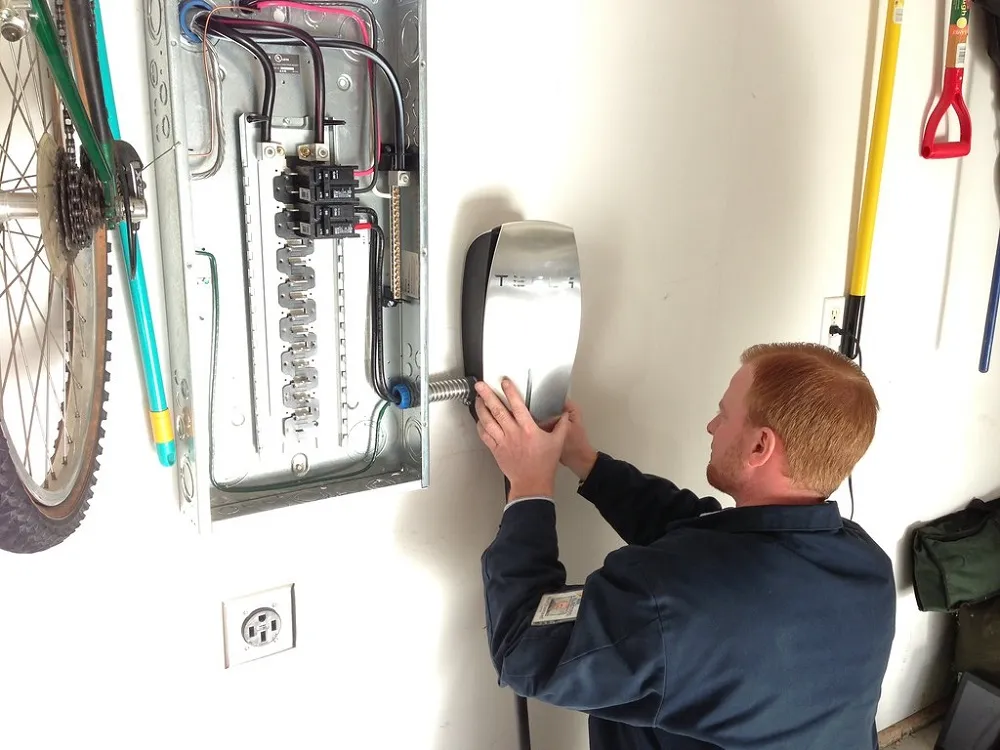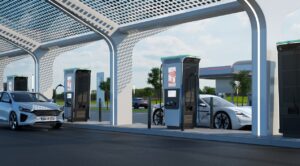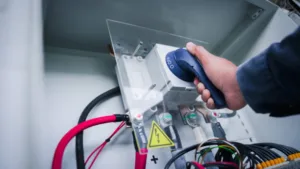Introduction
If you own an electric vehicle, the best way to enjoy it is by installing a home charging point. The convenience of not having to visit gas stations and inhale exhaust fumes is just one of the numerous benefits. In this article, we will explore how to install an EV charger at home, making the process easier for you. So, hop in and enjoy the ride.
Exploring the Different Types of EV Charging Stations
Identifying the right charging station is crucial when it comes to charging your electric vehicle. Home charging stations come in two types: Level 1 and Level 2 EV chargers. While Level 1 chargers are often included with the purchase of your EV, they take longer to charge as they use a maximum output of 120V. On the other hand, Level 2 charging stations offer a better charging experience as they charge faster with a maximum power output of 240V. It’s important to ensure that your residential current can handle the power demand of a Level 2 charger. This type of charger can fully charge your EV in 2-4 hours, making it a more convenient option for home charging.
Level 3 EV chargers are the fastest means of charging EVs, using a DC charging station with a minimum output of 480V. However, they are unsuitable for home charging and are strictly used for public charging. In summary, choosing the right home charging station depends on your needs and budget. If you’re looking for a faster charging experience, a Level 2 charger is a better option, but make sure to check your home’s electrical capacity. If you have access to public charging stations, a Level 3 charger could be a viable option for a quick charge. Ultimately, selecting the right charging station will ensure that you get the most out of your electric vehicle.

Electrician or DIY for EV Charger Installation: Which is Better
Installing an electric vehicle (EV) charging station at home can be an exciting project for DIY enthusiasts. However, it’s essential to prioritize safety during the installation process, regardless of whether you opt for a DIY or electrician-assisted approach. DIY enthusiasts should be aware of the necessary safety standards and inspections when purchasing and installing an EV charger. On the other hand, hiring a certified electrician ensures that all necessary protocols and safety standards are met professionally. It’s crucial to obtain permits before starting the installation and ensure a certified professional performs inspections to confirm proper installation. Some EV charger manufacturers provide professional installers as part of their services, so it’s worth considering when making your purchasing decision.

Second Question: Hard Wire or Plug-In EV Charging Stations?
Installing an EV home charging solution requires EV owners to choose between two options: hard-wiring into their home’s electrical supply or plugging into a secure 240 Volts supply. Opting for the hard-wire solution provides a more permanent solution compared to the plug-in option. However, it requires a licensed electrical professional to ensure that the charging station can supply up to 240 Volts of power and is connected to the household’s electrical unit safely. This is crucial to prevent exposure to intense weather conditions that may damage the connector.
It is generally advised to hard-wire your electric vehicle charging station. The plug-in option, on the other hand, requires the installation of a separate high-powered electrical outlet that can supply the standard voltage necessary to power an EV to charge. The plug-in adapter isn’t permanent like the hard-wire solution, but it can be uninstalled and moved should there be any reason for relocation.
In summary, both the hard-wire and plug-in options have their advantages and disadvantages. However, it is important to consult a licensed electrical professional and ensure compliance with all necessary safety protocols and standards during the installation process. This will guarantee a safe and efficient charging experience for your electric vehicle at home.
Installation steps
Installing an EV charging station at home is a great convenience for EV owners, but it requires some planning and preparation. Before installing, make sure you have acquired the necessary permit for installation, especially if you plan to install it yourself. Whether you choose to install it yourself or with the help of a licensed technician, following the steps carefully is important to ensure safety and proper installation.
To start the installation process, first turn off the circuit breaker for safety purposes. Then, determine where you want to position the charging station in your home and measure appropriately so that the cable connecting to your EV is not too far from the adapter. Afterward, securely tighten the bracket for the charger to the wall for stability. In case any of these steps seem tedious, you can always hire a licensed electrician for help.
Once the charging station is mounted, plug in the cables carefully and appropriately. Finally, turn back on the circuit breaker and your charging station will receive all the power needed to charge your EV. It is important to note that installing a level 1 charging station doesn’t require as many steps as the charger already comes with your EV. Just find a 120 Volts station, insert your connector, and start charging without interruptions.
While a level 3 DC fast charging station may seem like a great option for home charging, it is not always the best decision for both your EV and electrical circuitry. These stations are expensive and may require more installation requirements and procedures. A level 2 charging station from one of the top EV charger companies is adequate for your home EV charging needs and provides the extra power that charging at home sometimes demands.
Conclusion
In conclusion, installing a home EV charger can be a straightforward process if you follow the necessary steps. It is important to decide whether to do a DIY installation or hire a licensed electrician, depending on your preference and skill level. You also need to choose between a hard-wire or plug-in connection for your charging station, considering factors such as portability and convenience.
It is crucial to acquire the necessary permits before starting the installation process and to adhere strictly to safety protocols, such as turning off the circuit breaker before connecting any cables. A level 2 charging station is usually sufficient for home charging needs, and a level 3 DC fast charging station may be costly and require more installation requirements.
Lastly, safety should be the top priority when installing your home EV charger. By following the recommended installation standards, you can ensure that your charging station is installed securely and is safe to use, allowing you to enjoy hassle-free charging of your electric vehicle from the comfort of your home.





